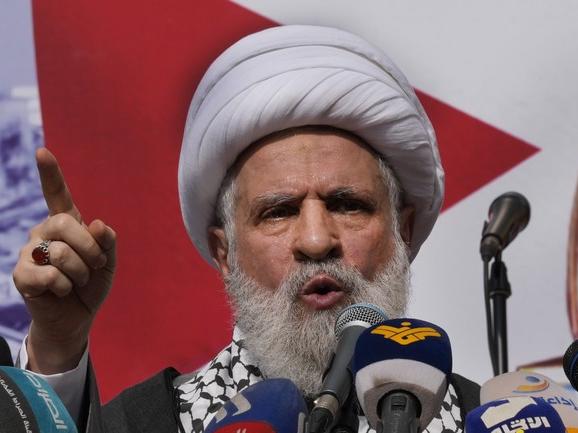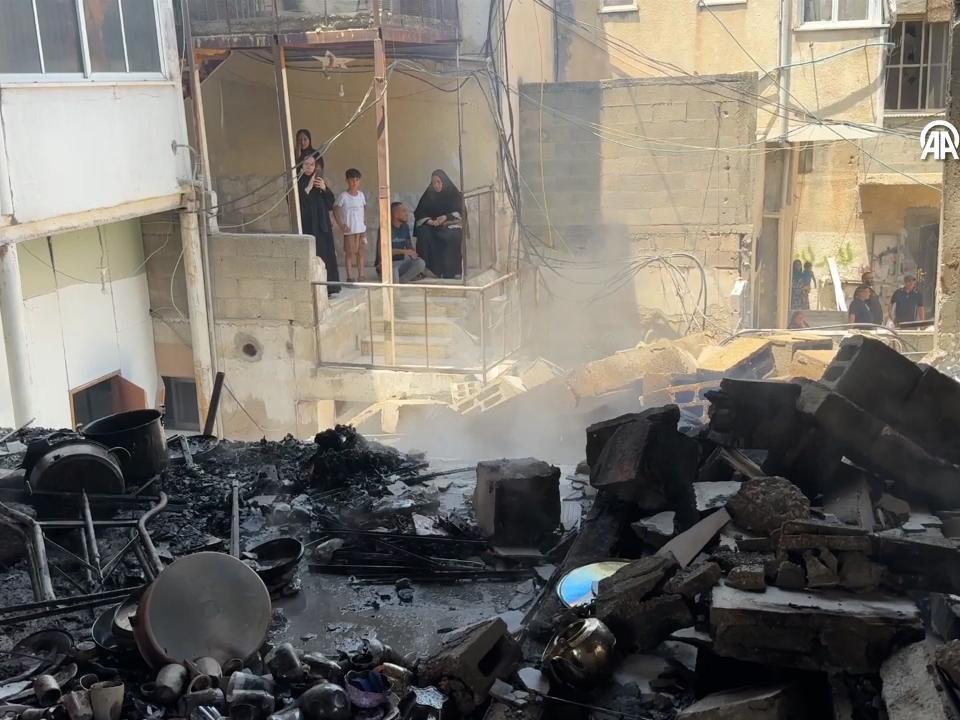Tensions in the Middle East have reached a critical point as Israel braces for a potential large-scale attack from Iran, possibly within the next 24 to 48 hours. The United States and its European allies have issued stern warnings to Iran, urging it to ‘stand down’ its threats of military action against Israel. In response to the escalating situation, the US has significantly bolstered its military presence in the region, deploying a nuclear-powered submarine equipped with guided missiles, additional fighter jets, and warships.Israel has approved plans for ‘different fronts’ in anticipation of attacks from both Iran and Hezbollah. Defense Minister Yoav Gallant stated that Israeli forces are in a state of ‘vigilance and preparation,’ having strengthened defenses and organized ‘offensive options’. The situation has been further complicated by Hezbollah’s recent actions, including the firing of approximately 30 rockets from Lebanon into northern Israel.Efforts to de-escalate the situation and negotiate a ceasefire in Gaza face significant challenges. Hamas has rejected recent proposals, insisting that discussions should focus on implementing previous plans. Internal divisions within the Israeli government have also emerged, with Prime Minister Benjamin Netanyahu and Defense Minister Yoav Gallant clashing over strategy in Gaza.The international community, led by the US, France, Germany, Italy, and the UK, has called for renewed efforts to reach a ceasefire and secure the release of hostages held by Hamas. However, the main obstacle remains the Israeli government’s refusal to guarantee Hamas’s continued existence in Gaza.As the region teeters on the brink of a wider conflict, the coming days are seen as critical. Nimrod Goren, a senior fellow at the Middle East Institute, suggests that the US could play a key role in brokering a deal by linking progress towards a ceasefire with the prevention of an Iranian attack on Israel. However, the situation remains highly volatile, with the potential for further escalation looming large.
Key points
- Israel is on high alert for a potential Iranian attack, possibly within the next 24 to 48 hours.
- The US has deployed significant military assets to the region, including a nuclear-powered submarine with guided missiles.
- Hezbollah has launched attacks from Lebanon, firing approximately 30 rockets into northern Israel.
- Efforts for a Gaza ceasefire and hostage negotiations face challenges due to Hamas’s rejection of proposals and internal divisions in the Israeli government.
Contradictions👾While some sources suggest an imminent Iranian attack, others indicate that Iran may be engaging in psychological warfare and might not attack at all.
👾There are conflicting reports about the status of hostages held by Hamas, with Hamas claiming to have killed one and injured two, while Israeli military sources have not confirmed this information.



